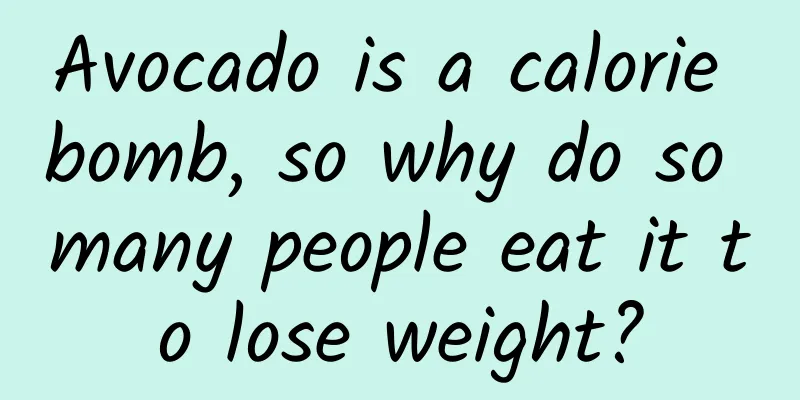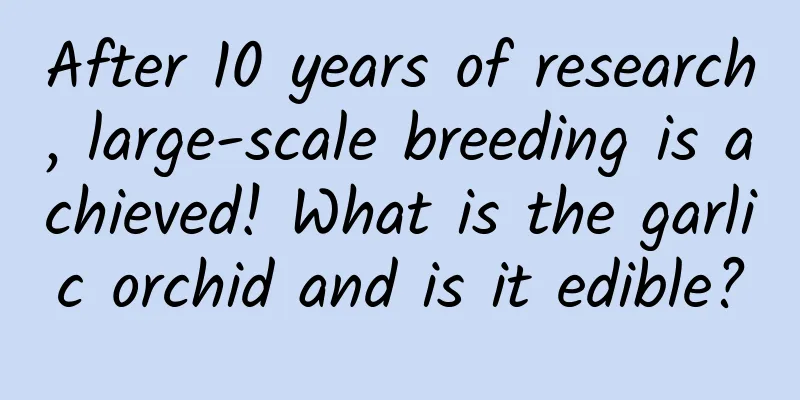Can children of a few months old eat placenta?

|
Since children have relatively poor resistance and immunity, mothers will always find some more nutritious foods for their children to eat when raising them. But are these nutritious foods really suitable for children? As we all know, placenta has extremely high nutritional value. So can children eat placenta? According to the answers given by some experts, children cannot eat placenta. Let us now find out the specific reasons. Protein, sugar, calcium, vitamins, immune factors, female hormones, progesterone, steroid hormones, gonadotropin, adrenocorticotropic hormone, etc. can promote the development of breasts, uterus, vagina, and testicles. It is recommended not to feed placenta to children, because it contains too much hormones which will affect the development of children and cause problems such as precocious puberty. Never give it to children without authorization, remember. The placenta has a warming and tonic effect, can nourish the blood, replenish qi and replenish essence. There is also a folk saying that the placenta has the effect of enhancing immunity. Modern medical research believes that the placenta contains protein, sugar, calcium, vitamins, immune factors, female hormones, progesterone, steroid hormones, gonadotropin, adrenocorticotropic hormone, etc., which can promote the development of the breast, uterus, vagina, and testicles, and also have a promoting effect on the thyroid gland. It is clinically used to treat uterine hypoplasia, uterine atrophy, uterine myositis, functional amenorrhea, uterine bleeding, and milk deficiency, etc., and has significant therapeutic effects. It is also effective for tuberculosis, bronchial asthma, anemia, etc. The placenta has the function of actively synthesizing hormones and enzymes. The hormones it synthesizes mainly include chorionic gonadotropin, placental lactogen, as well as estrogen and progesterone. If a child consumes the placenta for a long time, these hormones will accumulate in the body, causing precocious puberty in girls and feminization in boys. The placenta is the organ that exchanges substances between the mother and the fetus. It is a combination of embryo and maternal tissue. Although all the nutrients needed for the fetus' growth and development in the mother's body come from the placenta, the placenta is only a "transit station" for the exchange of substances between the mother and the fetus at this time, and it itself cannot provide the nutrients needed for the fetus' growth. At the same time, some viruses in the mother's body, such as rubella, hepatitis, HIV, etc., can also be transmitted to the fetus through the placenta. So, the placenta is a tissue where nutrients and viruses can coexist. Healthy placentas are processed by professional manufacturers into immune preparations to enhance human immunity and prepare placental injections to treat chronic pelvic inflammatory disease and other diseases. However, folk cooking methods such as stewing and making dumplings cannot achieve the nourishing effect at all, result in waste of resources, and may also cause virus infection. In addition, there is a large amount of blood flowing in the placenta, which can easily spread some blood-borne infectious diseases without strict disinfection. Even if the placental tissue is "thoroughly" disinfected before consumption, the placenta may still contaminate transportation vehicles, kitchen utensils, tableware, etc. during the process from the hospital to the kitchen, and there is still the possibility of spreading blood-borne infectious diseases. Because children's growth requires a gradual process, and placenta contains a large amount of hormones, the answer to the question of whether children can eat placenta is obvious. Of course, there are other more nutritious foods in life. If the mother wants the baby to fully absorb the nutrition, then she can consider other foods, which is safer and healthier. |
<<: Can tobacco stop bleeding?
>>: What are the functions of Curculigo?
Recommend
Effects and functions of fennel
Many people choose fennel because of its high-val...
A landslide occurred in Fugong, Yunnan! How to save yourself and others when encountering a landslide?
At around 4:50 am on March 18, a natural landslid...
Officially "surveying the sky"! Can "Mozi" on a 4,200-meter-high mountain help us see the universe clearly?
Today, at the Lenghu Astronomical Observatory in ...
The flood peak broke the record of a century! "After the flood, we need to prevent a major epidemic"! After the flood, we must be vigilant in epidemic prevention
On June 22, the topic #YingdeFlood# ranked first ...
#千万IP创科普# AI face-changing: I decide how he looks
Sichuan opera is a treasure of traditional Chines...
What are the medicinal values of white lentils?
There are still many people who like to eat white...
The efficacy and function of Artemisia striata
In fact, the occurrence of many human diseases is...
The efficacy and function of fern
There are many common Chinese medicinal materials...
2022 Abel Prize winner Sullivan: A mathematical helmsman who connects different fields
The 2022 Abel Prize was awarded to American mathe...
Will people who live according to the “latest research” live healthier lives?
With the accessibility of information channels to...
Does wolfberry nourish the kidney and strengthen yang?
Wolfberry has many functions, the main one being ...
Is Chinese medicine effective in tonifying the kidney?
Regarding kidney tonification, I believe that man...
The efficacy and function of the root of yarrow
Many people are not very clear about the root of ...
In the future, this material will be used to build houses, which will be warm in winter and cool in summer without air conditioning.
Produced by: Science Popularization China Produce...
The efficacy and function of Henbane
Hyoscyamus chinensis [picture] is a kind of tradi...









